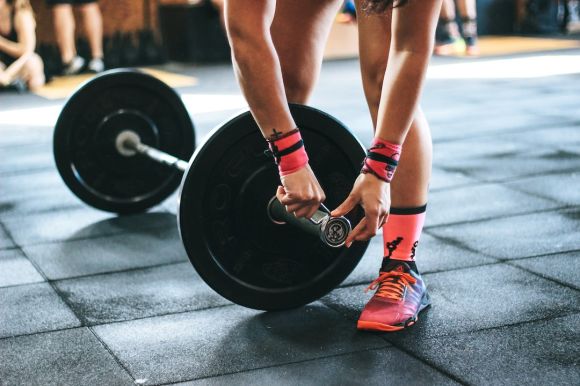In today’s competitive sports world, athletes are constantly seeking ways to gain an edge over their opponents. One way to do this is through sports-specific training. By tailoring their workouts to the specific demands of their sport, athletes can improve their performance and reach new levels of success. In this article, we will explore the benefits of sports-specific training and provide tips on how to incorporate it into your own routine.
Understanding Sports-specific Training
Sports-specific training involves designing a training program that focuses on the skills, movements, and physical attributes required for a particular sport. This type of training goes beyond the general fitness activities that athletes typically engage in, such as running or weightlifting. Instead, it hones in on the specific movements and muscle groups used in the athlete’s sport of choice.
The Benefits of Sports-specific Training
1. Improved Performance: By targeting the specific skills and movements used in a sport, athletes can enhance their performance in those areas. For example, a basketball player may focus on agility drills and shooting exercises to improve their speed and accuracy on the court. By training in a sport-specific manner, athletes can refine their skills and become more proficient in their chosen sport.
2. Injury Prevention: Sports-specific training can also help reduce the risk of injury. By strengthening the muscles used in a particular sport and improving flexibility and mobility, athletes can better withstand the physical demands of their sport. For instance, a soccer player may engage in exercises that strengthen the muscles around the knee to prevent common soccer-related injuries, such as ACL tears.
3. Mental Preparation: Sports-specific training not only benefits athletes physically but also mentally. By mimicking the movements and intensity of their sport during training, athletes can better prepare themselves for the mental challenges they may face during competition. This type of training helps athletes develop focus, concentration, and mental resilience, which are crucial for success in any sport.
Incorporating Sports-specific Training into Your Routine
1. Identify the Key Skills: The first step in sports-specific training is to identify the key skills required for your sport. Take some time to analyze the movements, muscle groups, and physical attributes that are essential for success in your chosen sport. This will help you tailor your training program accordingly.
2. Design a Training Program: Once you have identified the key skills, design a training program that targets those areas. Incorporate exercises and drills that mimic the movements used in your sport. For example, a tennis player may include agility ladder drills and medicine ball exercises to improve their footwork and power.
3. Seek Professional Guidance: If you’re unsure about how to design a sports-specific training program, seek the guidance of a sports performance coach or a certified trainer. They can help you create a program that is tailored to your specific needs and goals.
4. Monitor Progress: As with any training program, it’s important to monitor your progress and make adjustments as needed. Keep track of your performance and assess whether your training program is helping you reach your goals. If necessary, make changes to your program to ensure that you continue to challenge yourself and progress.
Elevate Your Game with Sports-specific Training
In conclusion, sports-specific training is a valuable tool for athletes looking to elevate their performance. By targeting the specific skills, movements, and physical attributes required for their sport, athletes can improve their performance, prevent injuries, and enhance their mental preparation. By incorporating sports-specific training into your routine and seeking professional guidance when needed, you can take your game to the next level and achieve greater success in your chosen sport.





